By Christopher Miskimon
Colonel Redvers Buller of the British Army rode out at the head of 500 horsemen on the morning of July 3, 1879. His mission was to scout out the area around the Zulu city of Ulundi, find a good location for the English to give battle, and determine the strength and location of the Zulu main army. The natives had long known the British were coming and 20,000 of their remaining warriors had gathered at Ulundi. Buller spied a small rise near the homestead of the Zulu King Cetshwayo and realized it would make a good defensive position. He led his men forward after posting a detachment to guard his rear.
The Zulus, always tactically astute, had guessed the British move and laid an ambush. A few Zulus hid in some tall grass and then rose up and ran away, baiting the English cavalry into chasing them. As they pursued, one of Buller’s officers called out that he saw more Zulus hiding ahead. Buller called a halt, narrowly avoiding the trap. Approximately 4,000 warriors rose and attacked the British, who quickly fell back. A small group of Zulus, armed with captured Martini-Henry rifles, fired into the horsemen and hit a few. As they fled, the rear guard Buller had posted earlier fired into the pursuing Zulus, helping the main body reach safety.
The next morning the British commander, General Frederic Augustus Thesiger, Lord Chelmsford, led his 5,000 soldiers back toward the small rise Buller had seen the day before. They marched in a tight column, ready for action. Six months earlier a column of more than 1,000 British troops had been wiped out at the Battle of Isandlwana; Chelmsford was determined not only to avoid a second such disaster, but to salvage his reputation. Once they reached the high ground they formed square, the classic British defensive formation that had served them well since before Waterloo. As the Zulu army approached, Buller led his cavalry out of the square and fired into the enemy main body from 100 yards, enraging the Zulus and causing them to give chase. This brought them within range of the square. The battle began at about 8:45 am and by 9 am the Zulus were beginning to wither under the combined fire of rifles, Gatling guns, and cannons. The Zulus began to fall back and the British cavalry again rode out, this time to finish them.
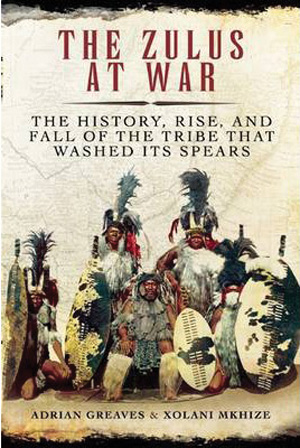 The climax of the Battle of Ulundi lasted only 40 minutes; the slaughter of the fleeing Zulus went on for two hours. Afterward Cetshwayo’s home was burned and the British marched away, their band playing “Rule Britannia.” The final battle of the Zulu War of 1879 was over, and Zulu power was forever broken. There would be more fighting in years to come but the proud Zulu nation was never again the same.
The climax of the Battle of Ulundi lasted only 40 minutes; the slaughter of the fleeing Zulus went on for two hours. Afterward Cetshwayo’s home was burned and the British marched away, their band playing “Rule Britannia.” The final battle of the Zulu War of 1879 was over, and Zulu power was forever broken. There would be more fighting in years to come but the proud Zulu nation was never again the same.
The history of the Zulu people is one of conflict, a meteoric rise, and a hard, brutal downfall. The 1879 war is the best known period of their history outside South Africa; the conflict similarly started with a great victory, gave way to hard fighting, and ended with a humiliating defeat, paralleling their history as a tribe. This history is told again in The Zulus at War: The History, Rise and Fall of the Tribe that Washed Its Spears (Adrian Greaves and Xolani Mkhize, Skyhorse Publishing, New York, 2014, 222 pp., maps, photographs, notes, bibliography, index, $24.95, hardcover).
Though the book is of relatively modest length, it gives the reader a very complete view of the Zulu nation’s journey. It describes the rise of King Shaka, perhaps the most famous of their leaders, who led the tribe to establish its reputation as great warriors, the strongest of the tribes in South Africa. The Zulus did so well they even defeated the Boers in 1877-1878. This proved their undoing, however, drawing the attention of the British Empire and providing them with the reason to invade Zululand in what became the Anglo-Zulu War. Some maintain this was merely the excuse Great Britain needed to remove the Zulus as a threat to their plans for the region.
The authors have vast experience of the Zulu and their history and it shows in their writing. One is a former soldier and founder of the Anglo-Zulu War Historical Society and the other is the manager of the Zulu Village at Rorke’s Drift, where one of the most famous battles of the conflict was fought. Together they have created a work that stands out as one of the best on the subject.
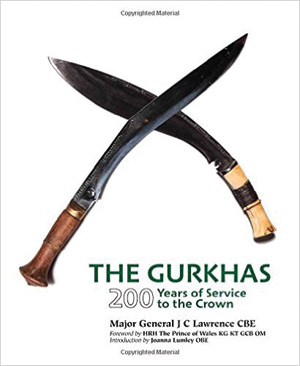 The Gurkhas: 200 Years of Service to the Crown (Maj. Gen. J.C. Lawrence CBE, University of Chicago Press, 2015, 244 pages, photographs, appendices, bibliography, index, $60.00, hardcover)
The Gurkhas: 200 Years of Service to the Crown (Maj. Gen. J.C. Lawrence CBE, University of Chicago Press, 2015, 244 pages, photographs, appendices, bibliography, index, $60.00, hardcover)
The Gurkhas, soldiers from Nepal, were recruited into the British Army beginning in 1815. Formed into their own unique regiments, they rank among the most famous and feared units in English service. Gurkhas have fought in almost every war the United Kingdom has fought in the past two centuries, earning 26 Victoria Crosses from the Indian Mutiny to Afghanistan. Along the way their reputation for bravery and loyalty has grown to near legendary status.
This book is a product of the Gurkha Welfare Trust, an organization that provides for retired Gurkhas and their families as well as carrying out humanitarian projects in Nepal. It is a coffee table-style book full of interesting text and lavish illustration. All royalties from the book go to the Trust, making its purchase a good deed as well as a fine addition to a military history collection.
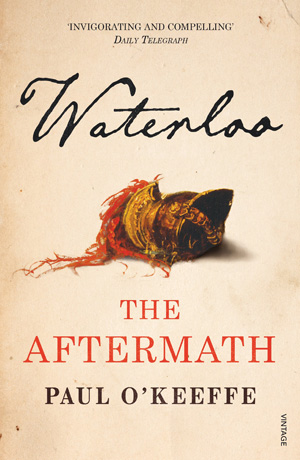 Waterloo: The Aftermath (Paul O’Keefe, Overlook Press, New York, 2015, 392 pp., illustrations, notes, bibliography, index, $$37.50, hardcover)
Waterloo: The Aftermath (Paul O’Keefe, Overlook Press, New York, 2015, 392 pp., illustrations, notes, bibliography, index, $$37.50, hardcover)
The Battle of Waterloo was truly one of the decisive battles of world history. It ended the aspirations of Napoleon I and helped propel Great Britain into its role as the 19th century’s superpower. At the end of the battle 50,000 soldiers lay dead or struggled with wounds. While indeed a horrible day, the war did not just end on June 18, 1815. The next morning the field was littered with dead men and horses; soon people showed up to take what they could, bury the fallen, and view what they already knew was a momentous event. The defeated French had to withdraw while the British and Prussian armies had to advance into France itself and bring the war to a final conclusion. It was a period where the future of Europe began to take shape.
The carnage of the Waterloo battlefield is brought to vivid life through the eyewitness accounts of those who were there. The author also covers the actions of the leaders on both sides as they had to act in response to the battle. The tension and stress of the period is well relayed to the reader, bringing a detailed overall view of what the end of the war truly looked like from both a soldier’s eyes as well as those of national leaders.
 1916: A Global History (Keith Jeffery, Bloomsbury Press, New York, 2015, 426 pp., illustrations, notes, bibliography, index, $30.00, hardcover)
1916: A Global History (Keith Jeffery, Bloomsbury Press, New York, 2015, 426 pp., illustrations, notes, bibliography, index, $30.00, hardcover)
The year 1916 was a difficult one across the globe. It began with the end of the failed campaign at Gallipoli, where Commonwealth troops had to withdraw from the Turkish coast. The year also saw the battles at Verdun and the Somme, the indecisive naval clash at Jutland, and difficult fighting for the Italians at the Sixth Battle of the Isonzo. On the Eastern Front, the Russians fought what would be known as the Brusilov Offensive accompanied by a revolt in Russian Central Asia. In Africa, colonial forces struggled against each other for control of territories that were as much prestige holdings as economic boons. As for the Middle East, the initial promises of the Sykes-Picot Agreement took place. This covenant partitioned the region into imperial territories that would survive into the 21st century, only to begin crumbling and creating difficulties for the modern world. This was only one legacy of World War I.
Most books on this conflict focus on a single area or battle of the war. This new work covers a year and explains what was happening around the world during those 12 months. It uses the experiences of both soldiers and civilians to give the reader an impression of what they were experiencing as all these events occurred around them. The author effectively demonstrates the war was truly global in scope and gives the reader a wide vision of the war and what it did to people across the map.
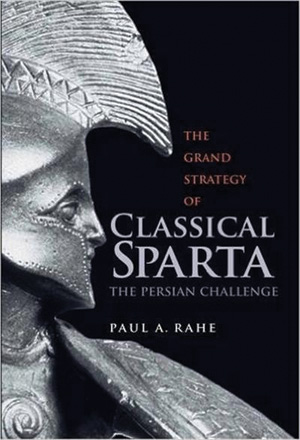 The Grand Strategy of Classical Sparta: The Persian Challenge (Paul A. Rahe, Yale University Press, New Haven, CT, 2015,424 pp., maps, illustrations, notes, bibliography, index, $38.00, hardcover)
The Grand Strategy of Classical Sparta: The Persian Challenge (Paul A. Rahe, Yale University Press, New Haven, CT, 2015,424 pp., maps, illustrations, notes, bibliography, index, $38.00, hardcover)
About 2,500 years ago the Persian Empire was the most powerful on earth. It turned its attention west toward southeastern Europe. In response the city-states of Greece banded together to resist the Persian invasion. The leaders of this coalition were the Lacedaemonians, who are more commonly known as the Spartans. They were responsible for the initial establishment of the Greek alliance which, in time, was able to beat back the Persians. This seemingly small victory preserved Greek thought and philosophy and greatly influenced the development of the western world.
This is the author’s argument about the Greco-Persian war. He maintains the Spartans were at the center of the Greek alliance, a departure from the normal view that focuses on the Athenians. The writing stresses that Spartan culture instilled the discipline and pride needed to create a union capable of withstanding the Persian onslaught.
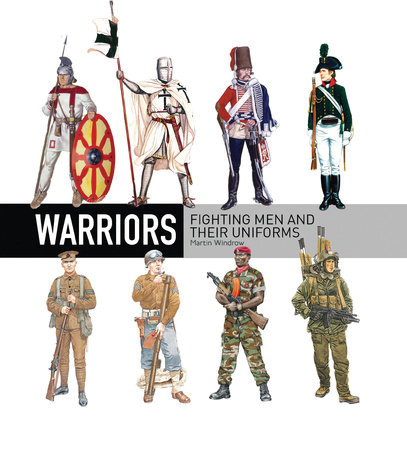 Thomas Jefferson and the Tripoli Pirates: The Forgotten War that Changed American History (Brian Kilmeade and Don Yaeger, Penguin Random House, New York, 2015, 233 pp., maps, notes, bibliography, index, $27.95, hardcover)
Thomas Jefferson and the Tripoli Pirates: The Forgotten War that Changed American History (Brian Kilmeade and Don Yaeger, Penguin Random House, New York, 2015, 233 pp., maps, notes, bibliography, index, $27.95, hardcover)
The Barbary Pirates were a collection of city-states dotting the Mediterranean shores of North Africa. Nominally part of the Ottoman Empire, they exercised great autonomy, no more so than in the local waters. For centuries they used piracy as a means of income, seizing cargoes, and ransoming sailors. Those who could not pay spent their lives as slaves. Rich nations such as Great Britain could afford to pay off the pirates, but after the United States became an independent nation the protection of the British no longer applied. In July 1785 the American ship Dauphin was captured and its crew enslaved. It was only the first in a series of ships to be taken over the following years.
U.S. President Thomas Jefferson inherited the dilemma of North African piracy and chose to take action against it. He ordered the dispatch of warships to Tripoli, arguably the worst of the pirate concentrations. This offensive undertaking led to the Barbary Wars. It posed a formidable challenge for the young nation, but one it proved equal to meeting.
Reading almost like a novel, this book entertains as it informs. It was an exciting episode in history, full of battles, bluster, and action. The authors bring the flavor of these events to the page with clear, gripping prose throughout. A wide range of sources were used to create a detailed, in-depth look at one of America’s first foreign wars.
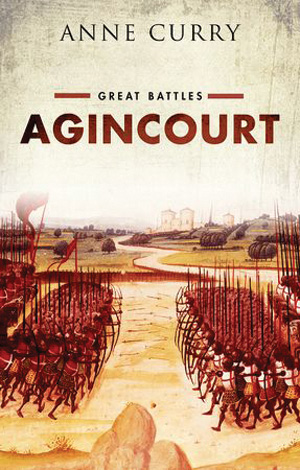 Great Battles: Agincourt (Anne Curry, Oxford University Press, Oxford, UK, 2015, 256 pp., maps, illustrations, notes, bibliography, index, $29.95, hardcover)
Great Battles: Agincourt (Anne Curry, Oxford University Press, Oxford, UK, 2015, 256 pp., maps, illustrations, notes, bibliography, index, $29.95, hardcover)
There are a few battles so important they remain in the cultural memory of a nation centuries afterward. Agincourt is one such engagement. The 1415 battle, which pitted English longbowmen against French heavy cavalry, helped forge England’s national identity. Four centuries later the British would use the battle as an example of their nation’s martial prowess and the innate bravery of the Englishman. It not only inspired one of William Shakespeare’s most famous plays, but also hundreds of years’ worth of songs, books, and films.
This new work covers not only the battle itself, but also the campaign that led to it and the long-lasting aftereffects. The author succeeds in summarizing both in great detail. She argues that the British force was larger than commonly thought, and that the French force was likely smaller. Her findings were reached through careful analysis of the financial records of the campaign. This book is part of the publisher’s new series on the most important battles of history.
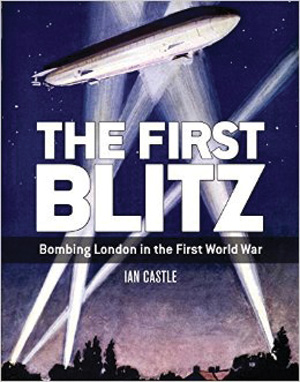 The First Blitz: Bombing London in the First World War (Ian Castle, Osprey Publishing, Oxford, UK, 2015, 208 pp., maps, photographs, bibliography, appendices, index, $19.95, softcover)
The First Blitz: Bombing London in the First World War (Ian Castle, Osprey Publishing, Oxford, UK, 2015, 208 pp., maps, photographs, bibliography, appendices, index, $19.95, softcover)
Two days after Great Britain declared war on Germany, The Times newspaper in London published information that the German military had a fleet of 11 airships. While it further advised only two of them had the range to reach England, there was fear among the populace about being bombed from the air by this fearsome new weapon. In response, the British government put up a few, scattered antiaircraft guns, but little else. In May 1915 a single Zeppelin appeared over London and dropped its bombs into a residential neighborhood. It was first of 26 raids to follow. These airship raids continued into 1917. That same year Germany began sending Gotha bombers on raids as well, increasing the destruction. The British response evolved over time as well, laying a foundation for British concepts of air defense that would be used a generation later in World War II.
The 100th Anniversary of World War I has drawn increased attention to the conflict and this book covers one of the comparatively lesser known aspects of the war. The book covers each raid in detail, as well as the key combatants, such as the Zeppelin crews and Gotha pilots. Rounding out the work are useful appendices, illustrations, and maps that show the areas affected by the raids.
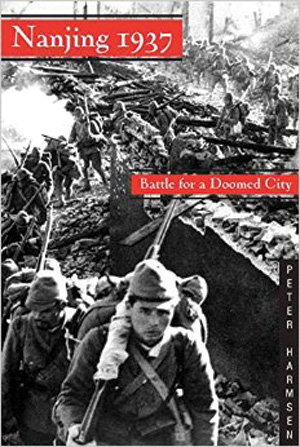 Nanjing 1937: Battle for a Doomed City (Peter Harmsen, Casemate Publishing, Havertown, PA, 2015, 368 pp., maps, photographs, notes, bibliography, index, $32.95, hardcover)
Nanjing 1937: Battle for a Doomed City (Peter Harmsen, Casemate Publishing, Havertown, PA, 2015, 368 pp., maps, photographs, notes, bibliography, index, $32.95, hardcover)
The Sino-Japanese War of the 1930s is well-known for the level of hatred and often viciousness between the combatants. One of the defining events of the war was the infamous Rape of Nanjing, where victorious Japanese troops embarked on a veritable orgy of murder, rape, and looting inflicted on the civilian populace. The Japanese did not enter the city unopposed, though. There was a month-long battle for the city, a culmination of their campaign, which began earlier with the initial Japanese invasion and Battle of Shanghai. At Nanjing, tanks and aircraft both played major roles in the fighting, a small-scale version of blitzkrieg two years before it was unleashed in Europe. The Chinese struggled desperately and heroically against the Japanese juggernaut but the effort proved futile. The city fell and suffered the full weight of Japanese brutality.
This conflict has only recently begun to receive serious attention in the West. The author is an established authority on the subject with extensive experience as a Asian correspondent. This is his second book on the Sino-Japanese War. Like the first, it is full of the small details which make his work a pleasure to read. The accounts of unfortunate civilians, as well as high-ranking officers, are blended together into a tight narrative.
 Lion in the Bay: The British Invasion of the Chesapeake, 1813-14 (Stanley L. Quick with Chip Reid, Naval Institute Press, Annapolis, MD, 2015, 280 pp., maps, illustrations, notes, bibliography, index, $32.95, hardcover)
Lion in the Bay: The British Invasion of the Chesapeake, 1813-14 (Stanley L. Quick with Chip Reid, Naval Institute Press, Annapolis, MD, 2015, 280 pp., maps, illustrations, notes, bibliography, index, $32.95, hardcover)
The British Campaign in the Chesapeake Bay in 1814 eventually boiled down to revenge. Initially, the English strategy was to strike at the American coastline away from the Canadian border. This would force the Americans to spread troops along the vulnerable coast and dilute their available manpower on that northern borderline. It would damage their enemy’s economy and strike fear into the populace, who would pressure their leaders for better protection. Soon, though, the British leader, Admiral George Cockburn, chose to exact retribution for the American burning of the Canadian city of York. Along the way towns in Maryland would suffer and burn, American Commodore Joshua Barney’s flotilla would be defeated, and the British would march on Washington. Against the approaching British the United States could offer an army composed mostly of militia, with a few sailors and Marines added in. This force was practically brushed aside and Washington burned as well. Cockburn next turned his attention toward Baltimore, a base for privateers he longed to punish. That attempt failed due to the resistance at Fort McHenry and nearby North Point.
The author became interested in this subject when he bought a home in Maryland that predated the war. He noticed damage to the house that had occurred during a skirmish between British troops and Maryland militia. It led him and his co-author on a journey of discovery that culminated in well-written and detailed book.
Short Bursts
 Warriors: Fighting Men and Their Uniforms (Martin Windrow, Osprey Publishing, 2015, $14.95, hardcover) An illustrated look at military uniforms from ancient times to the present. This is a compilation of the best of the publisher’s commissioned artwork from past works.
Warriors: Fighting Men and Their Uniforms (Martin Windrow, Osprey Publishing, 2015, $14.95, hardcover) An illustrated look at military uniforms from ancient times to the present. This is a compilation of the best of the publisher’s commissioned artwork from past works.
The Christmas Match: Football in No Man’s Land 1914 (Pehr Thermaenius, Uniform Press, 2015, $19.95, softcover) This history of the famous World War I Christmas Truce focuses on two men, one German and one Scotsman. Both were professional football players who met on the playing field during the truce.
The U.S. Navy: A Concise History (Craig L. Symonds, Oxford University Press, 2015, $18.95, hardcover) The author traces the rocky path the American navy has taken from a small fleet of second-class sailing ships to the most powerful force afloat. The Navy’s story has in many ways mirrored that of America itself.
Great Battles: Gallipoli (Jenny Macleod, Oxford University Press, 2015, $29.95, hardcover) Part of the publisher’s new Great Battles series, this book looks at the fateful landing of British and Commonwealth forces on the Turkish shores in 1915.
A Splendid Savage: The Restless Life of Frederick Russell Burnham (Steve Kemper, W.W. Norton and Co., 2016, $16.95, softcover) Burnham was a late 19th-century adventurer and soldier. He fought in both the American West and South Africa.
 The Sailor’s Homer: The Life and Times of Richard McKenna, Author of the Sand Pebbles (Dennis L. Noble, Naval Institute Press, 2015, $42.95, hardcover) This work is one of the few biographies of an enlisted sailor. McKenna possessed enormous willpower and a desire to learn and write, earning him a place in naval fame.
The Sailor’s Homer: The Life and Times of Richard McKenna, Author of the Sand Pebbles (Dennis L. Noble, Naval Institute Press, 2015, $42.95, hardcover) This work is one of the few biographies of an enlisted sailor. McKenna possessed enormous willpower and a desire to learn and write, earning him a place in naval fame.
Drone Warfare: The Development of Unmanned Aerial Conflict (Dave Sloggett, Skyhorse Press, 2015, $24.99, hardcover) Drones are nearly ubiquitous on the 21st-century battlefield, even though they have been around for several decades. The author explores their history and development.
Glorious Victory: Andrew Jackson and the Battle of New Orleans (Donald R. Hickey, Johns Hopkins University Press, 2015, $19.95, softcover) The victory at New Orleans is one of the most influential battles of American history. This book recounts the campaign and the larger-than-life Maj. Gen. Andrew Jackson.
Templar Knight versus Mamluk Warrior (David Campbell, Osprey Publishing, 2015, $18.95, softcover) This work compares the Christian and Muslim fighters whose battles raged across the Levant in the 13th century. Both were elite military groups for their time.
Relentless Strike: The Secret History of Join Special Operations Command (Sean Naylor, St. Martin’s Press, 2015, $29.99, hardcover) The modern world is full of small, unknown conflicts fought by elite soldiers who work in the shadows. This book relates the story of the American Special Forces umbrella organization.
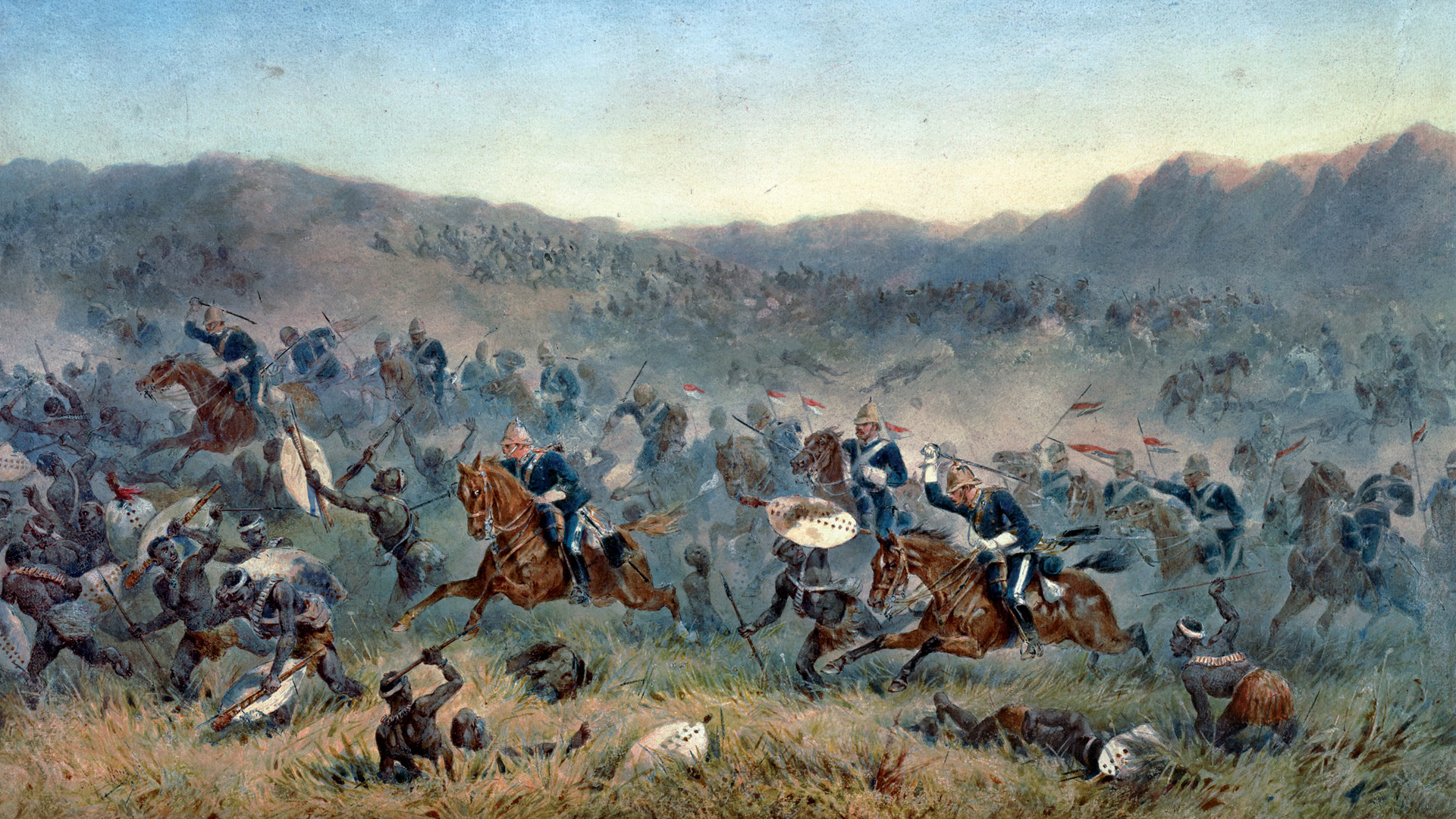

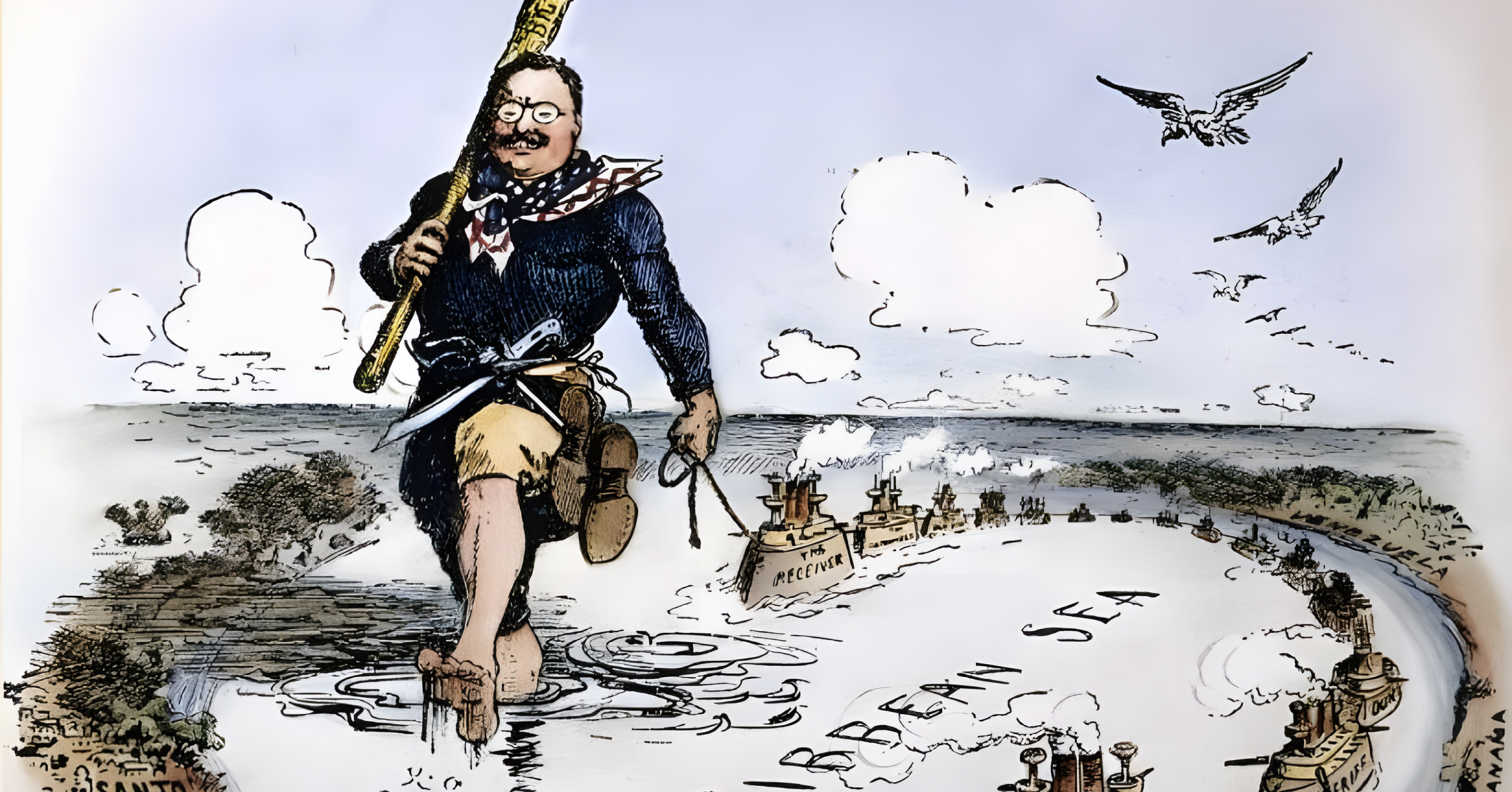
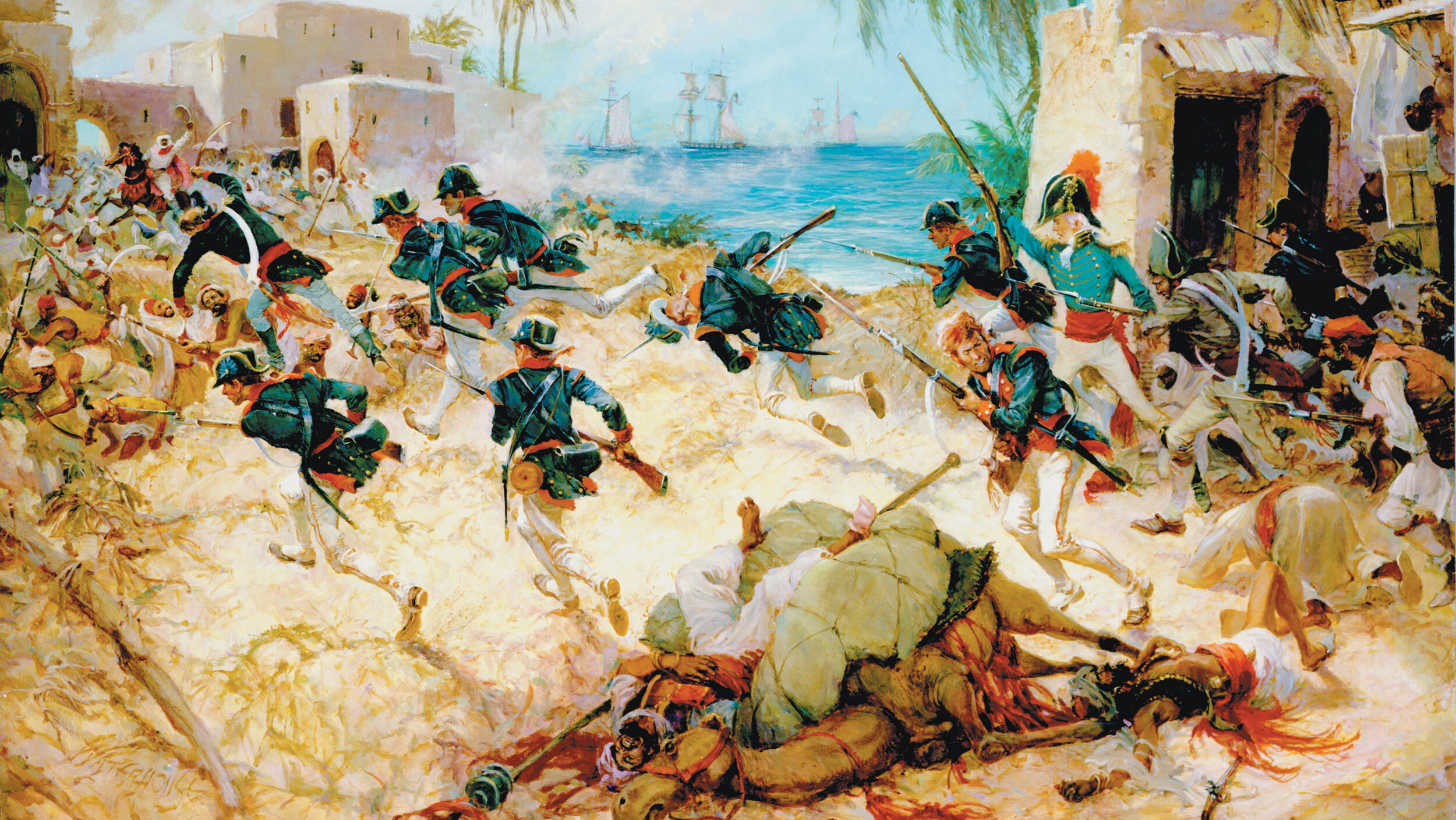
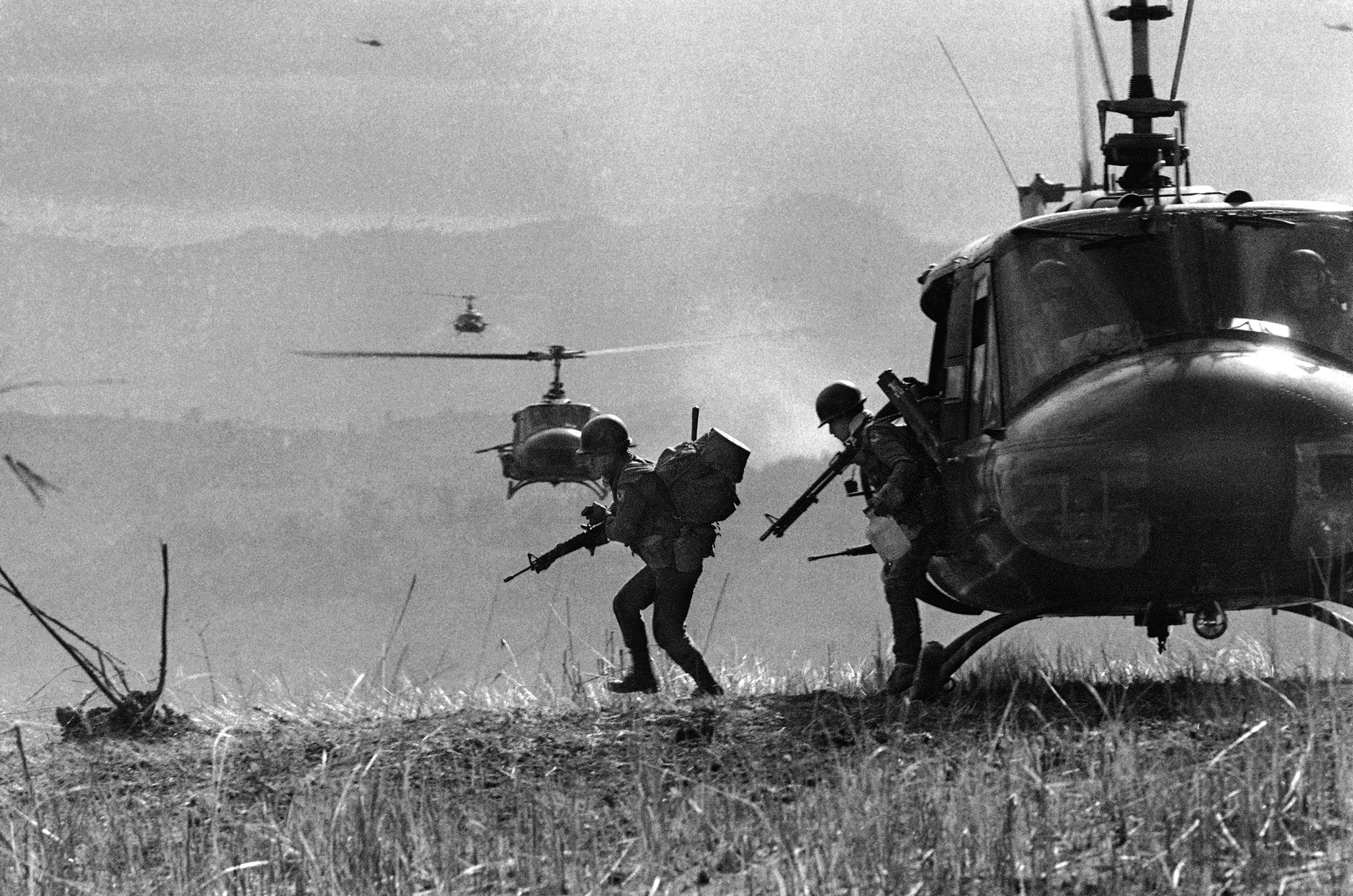
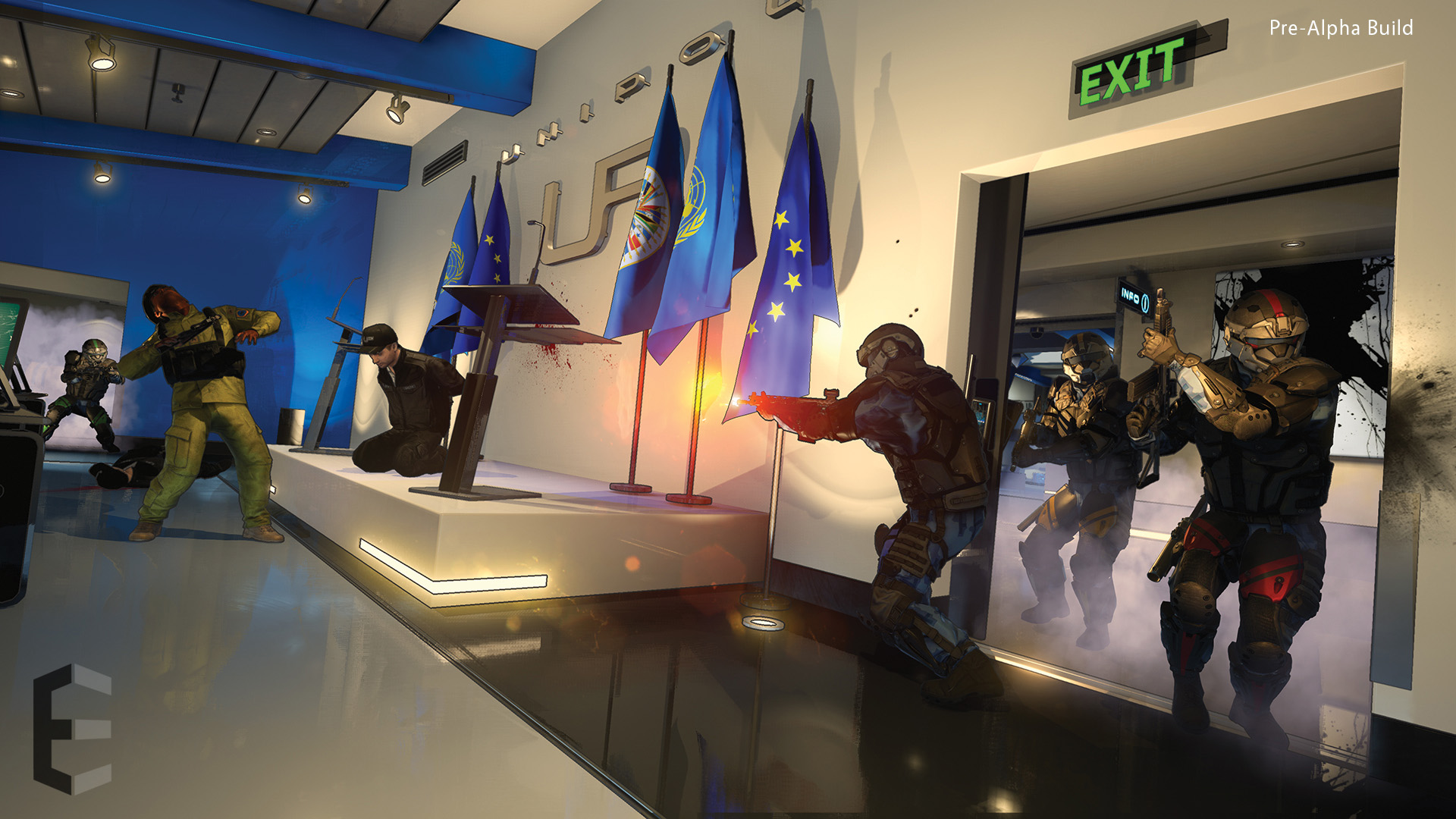
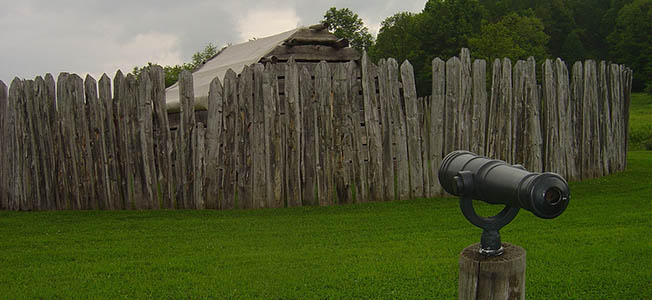
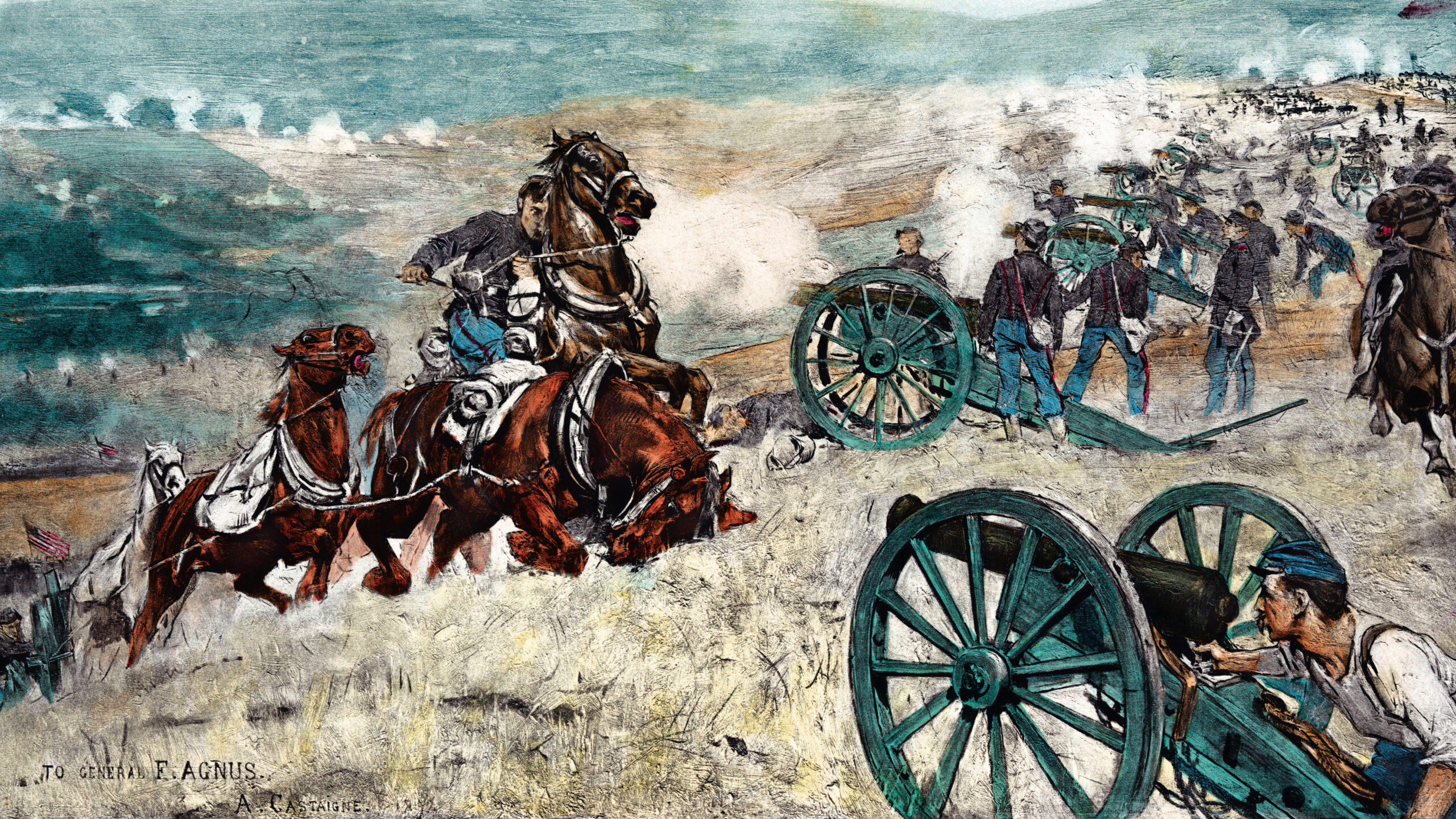
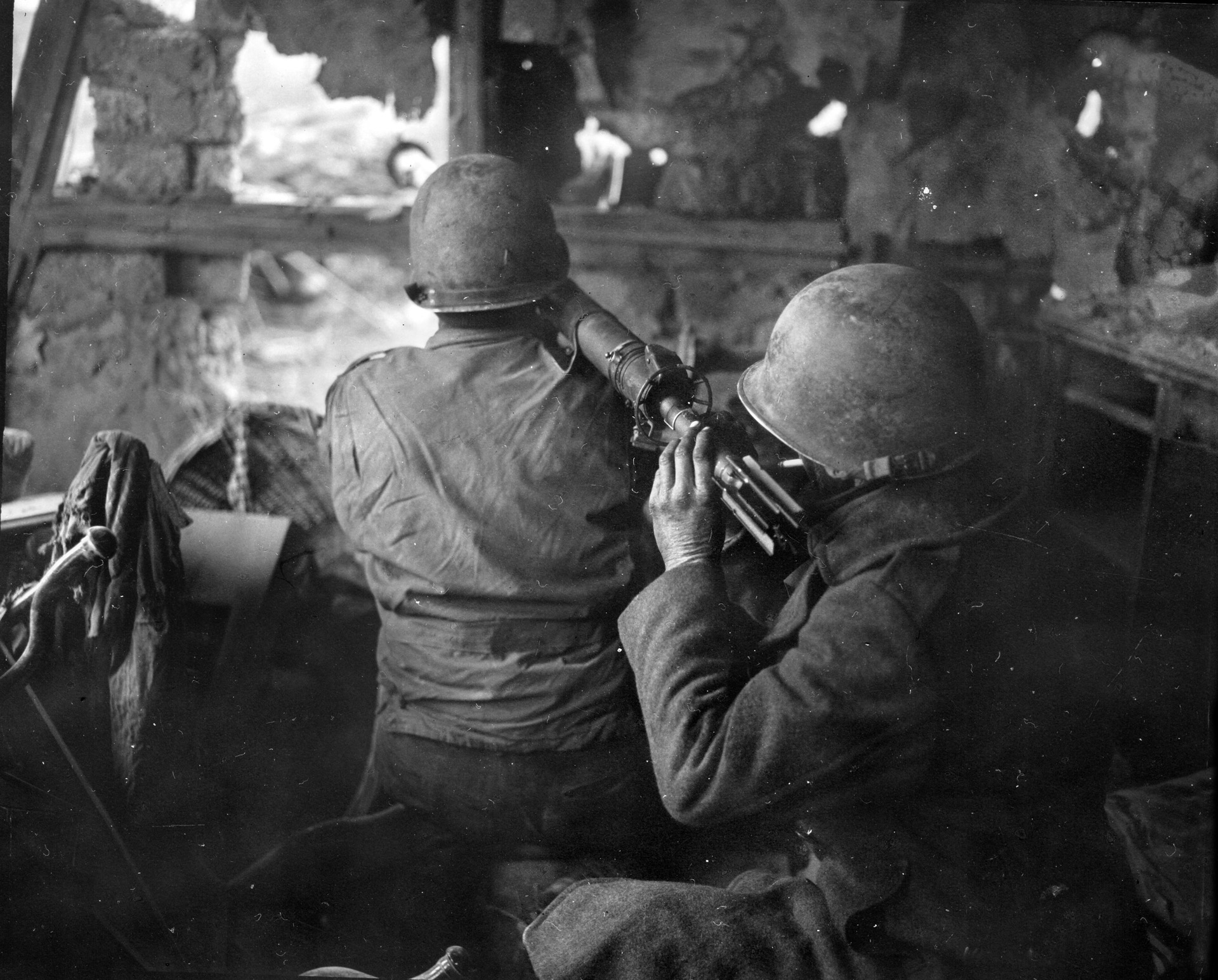
Join The Conversation
Comments
View All Comments